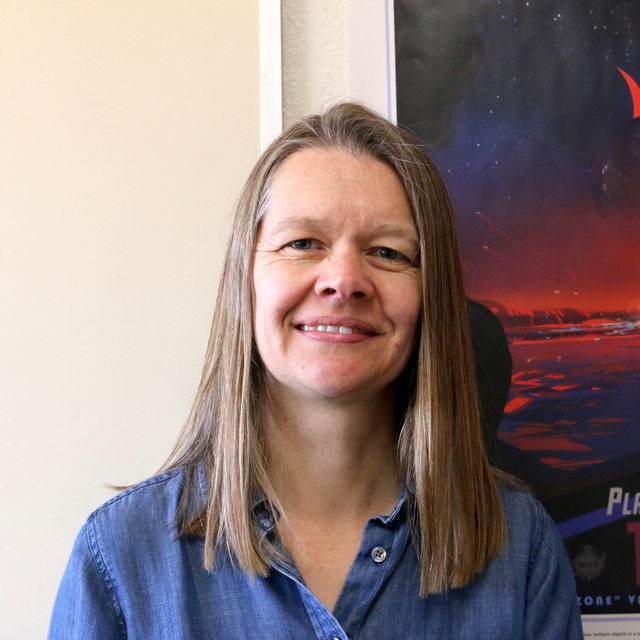January
2017
•
2017ApJ...834..187B
Authors
•
Benneke, Björn
•
Werner, Michael
•
Petigura, Erik
•
Knutson, Heather
•
Dressing, Courtney
•
Crossfield, Ian J. M.
•
Schlieder, Joshua E.
•
Livingston, John
•
Beichman, Charles
•
Christiansen, Jessie
•
Krick, Jessica
•
Gorjian, Varoujan
•
Howard, Andrew W.
•
Sinukoff, Evan
•
Ciardi, David R.
•
Akeson, Rachel L.
Abstract
•
The recent detections of two transit events attributed to the super-Earth candidate K2-18b have provided the unprecedented prospect of spectroscopically studying a habitable-zone planet outside the solar system. Orbiting a nearby M2.5 dwarf and receiving virtually the same stellar insolation as Earth, K2-18b would be a prime candidate for the first detailed atmospheric characterization of a habitable-zone exoplanet using the Hubble Space Telescope (HST)and James Webb Space Telescope (JWST). Here, we report the detection of a third transit of K2-18b near the predicted transit time using the Spitzer Space Telescope. The Spitzer detection demonstrates the periodic nature of the two transit events discovered by K2, confirming that K2-18 is indeed orbited by a super-Earth in a 33 day orbit, ruling out the alternative scenario of two similarly sized, long-period planets transiting only once within the 75 day Kepler Space Telescope (K2) observation. We also find, however, that the transit event detected by Spitzer occurred 1.85 hr (7σ ) before the predicted transit time. Our joint analysis of the Spitzer and K2 photometry reveals that this early occurrence of the transit is not caused by transit timing variations, but the result of an inaccurate ephemeris due to a previously undetected data anomaly in the K2 photometry. We refit the ephemeris and find that K2-18b would have been lost for future atmospheric characterizations with HST and JWST if we had not secured its ephemeris shortly after the discovery. We caution that immediate follow-up observations as presented here will also be critical for confirming and securing future planets discovered by the Transiting Exoplanet Survey Satellite (TESS), in particular if only two transit events are covered by the relatively short 27-day TESS campaigns.
Links







